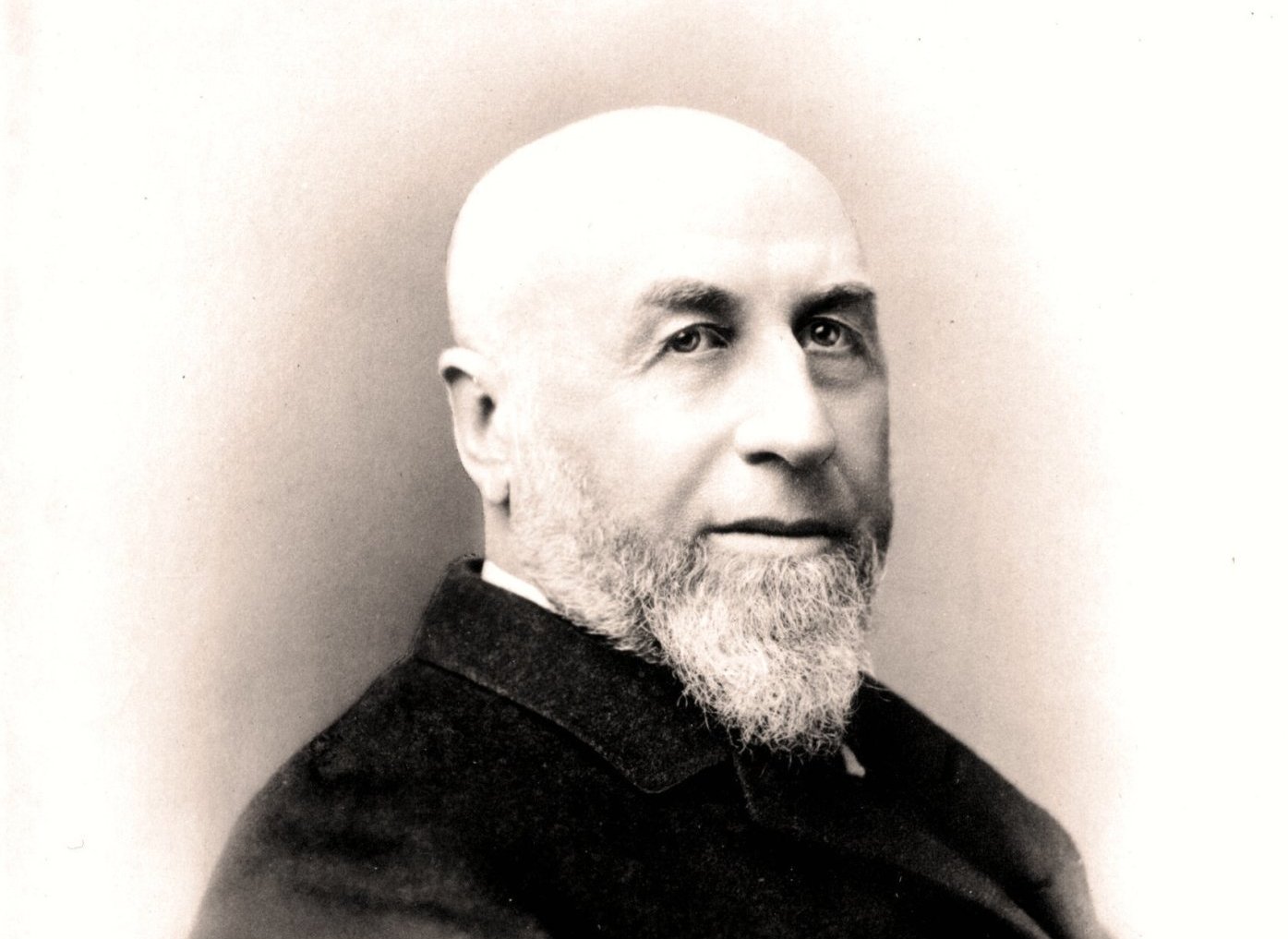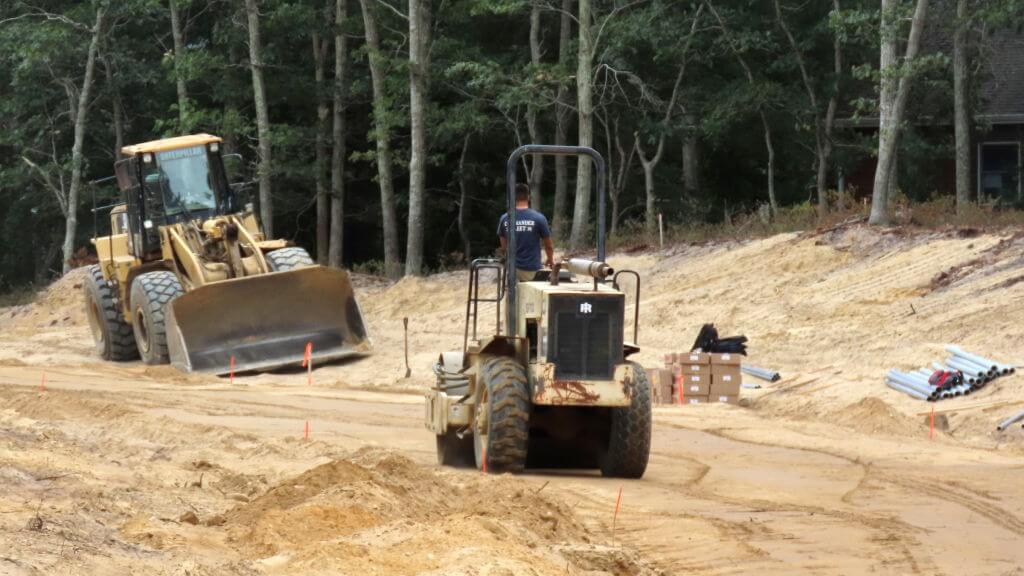Our Amazing History: Austin Corbin

In 1878, the young owner of two prosperous resort hotels in Brooklyn conceived a scheme to cripple New York City by building a port city at Montauk.
The plan made perfect sense to this man, Austin Corbin. At the time, ships coming from abroad carrying cargo to New York would more often than not have to drop anchor at the Narrows until high tide – many hours wasted – because that maritime entrance to the city was impassable at low tide.
If Corbin could buy the Long Island Rail Road and extend the tracks out to Montauk, a port could be built there so ships approaching New York would not have to wait for high tide. Furthermore, instead of having ships from abroad moving slowly along the 120-mile length of Long Island toward Manhattan, they could arrive at Montauk and offload their cargo to trains taking the trip at 60 miles an hour. The total time saved would be nearly a day. Everyone would choose the Montauk route.
At this time, no trackage came out to Montauk. Buying a right of way, building tracks, and creating a port with an array of wharves would be a major undertaking.
In 1880, Corbin bought the existing LIRR and brought it out of bankruptcy, started buying rights of way to Montauk and made plans for deep-water piers at Montauk’s Fort Pond Bay. Corbin also arranged for Congress to declare Montauk a duty-free port and proceeded with plans to build a railroad tunnel from Brooklyn to Manhattan.
Needless to say, the authorities in New York became very alarmed. To stop him they filed lawsuits, passed local laws, and forbade the building of the tunnel. The Army Corps of Engineers declared Fort Pond Bay to be too shallow.
Montauk in 1890 was almost entirely uninhabited. It had been a summer pastureland for East Hampton farmers, who’d drive their livestock out to graze there every spring. Other than three houses where shepherds could stay and the lighthouse at the end, that was it.
In the spring of 1896, Corbin learned that the last of the lawsuits were decided in his favor. He could proceed.
But on the evening of June 4, 1896, at the mansion he had built for himself and his family in New Hampshire, Corbin went on a carriage ride through the nearby woods with some family friends staying with him. As a gentle rain began, the coachman, John Stokes, snapped up an umbrella as they moved along, which startled the horses, who bolted and at full gallop overturned the carriage into a ditch by a stone wall, throwing all the passengers out. The coachman died. Corbin, badly injured, was carried to the house where he too died. The others survived.
But Corbin’s dream project proceeded.
The trackage was laid, a long steel wharf built, the Montauk Station constructed and the trackage branching out into five separate dead ends built for easy loading and unloading. All are there today.
Furthermore, this operation prompted the owners of the Pennsylvania Railroad to build a huge station in Manhattan. The freight unloaded onto railroad cars at Montauk, could proceed through the tunnel into Manhattan directly to Penn Station where underground they could be uncoupled and re-attached to Pennsylvania Railroad trains for further delivery to sites all up and down the East Coast of the United States.
Penn Station opened for business in 1910, but no freight from Montauk came. The Port of New York had found a way to dredge the Narrows deeper. Ships could come in without delay.
The tracks have remained practically idle to this day, and currently only two or three daily passenger trains serve Montauk during the off season, a lonely number where there might have been hundreds.



